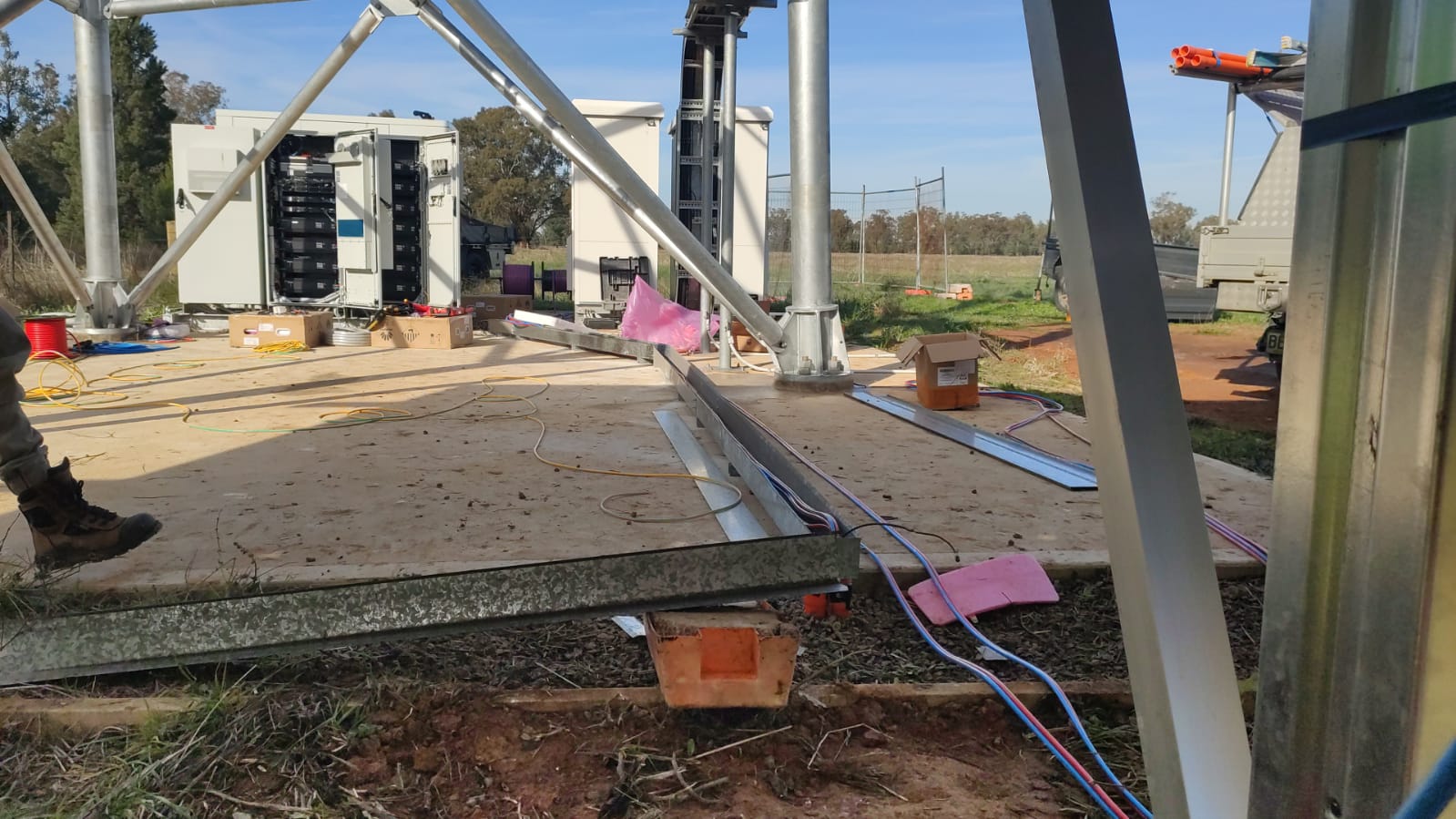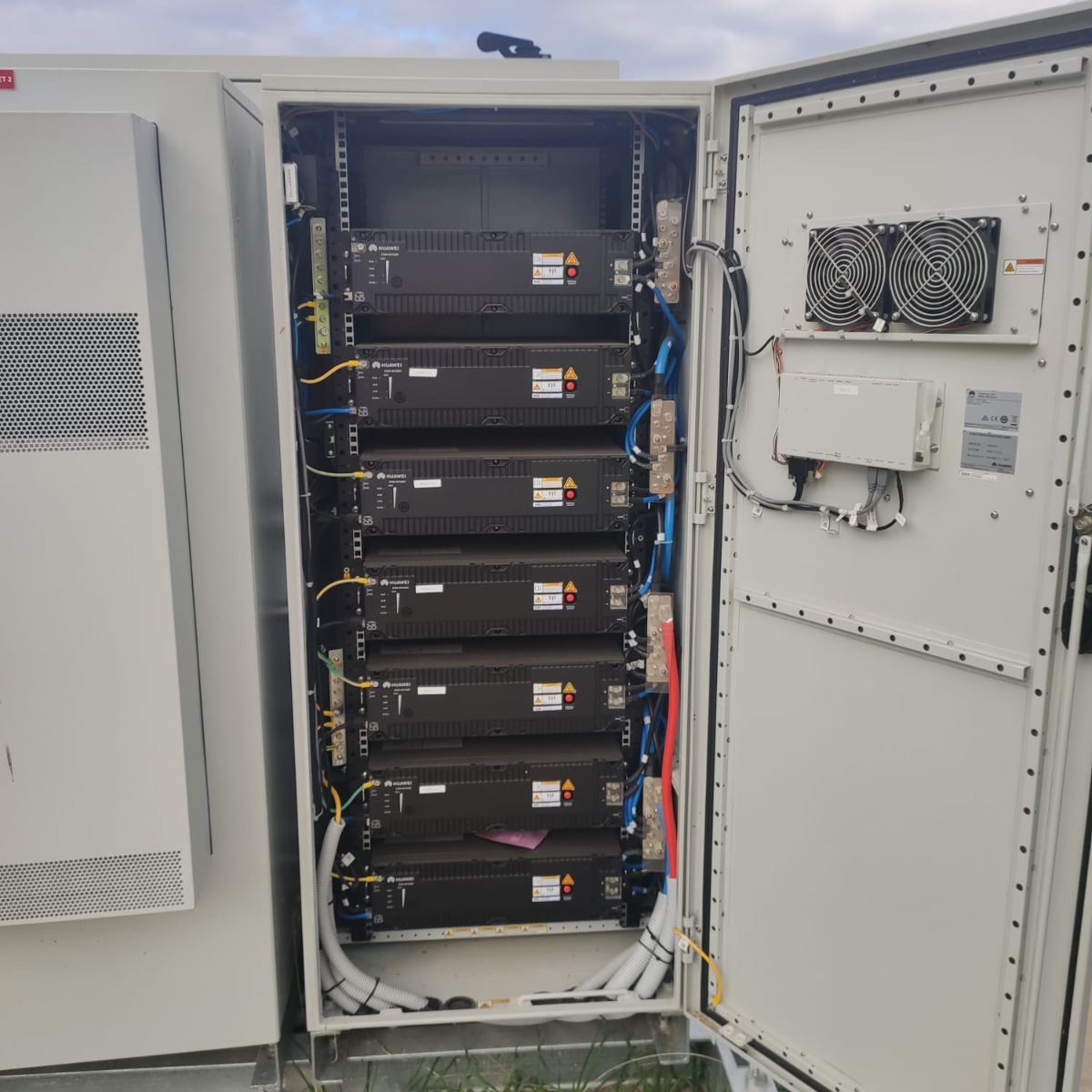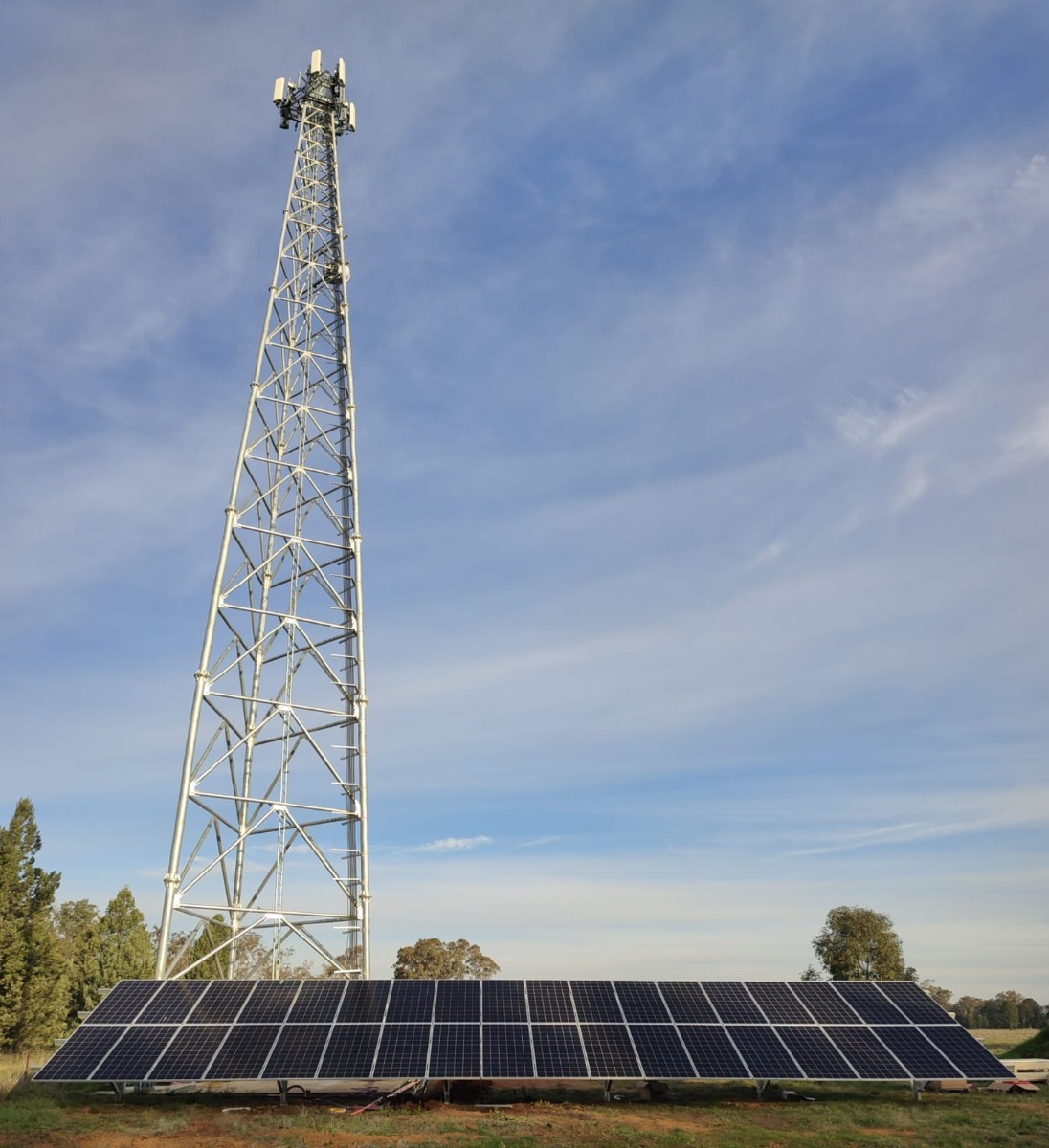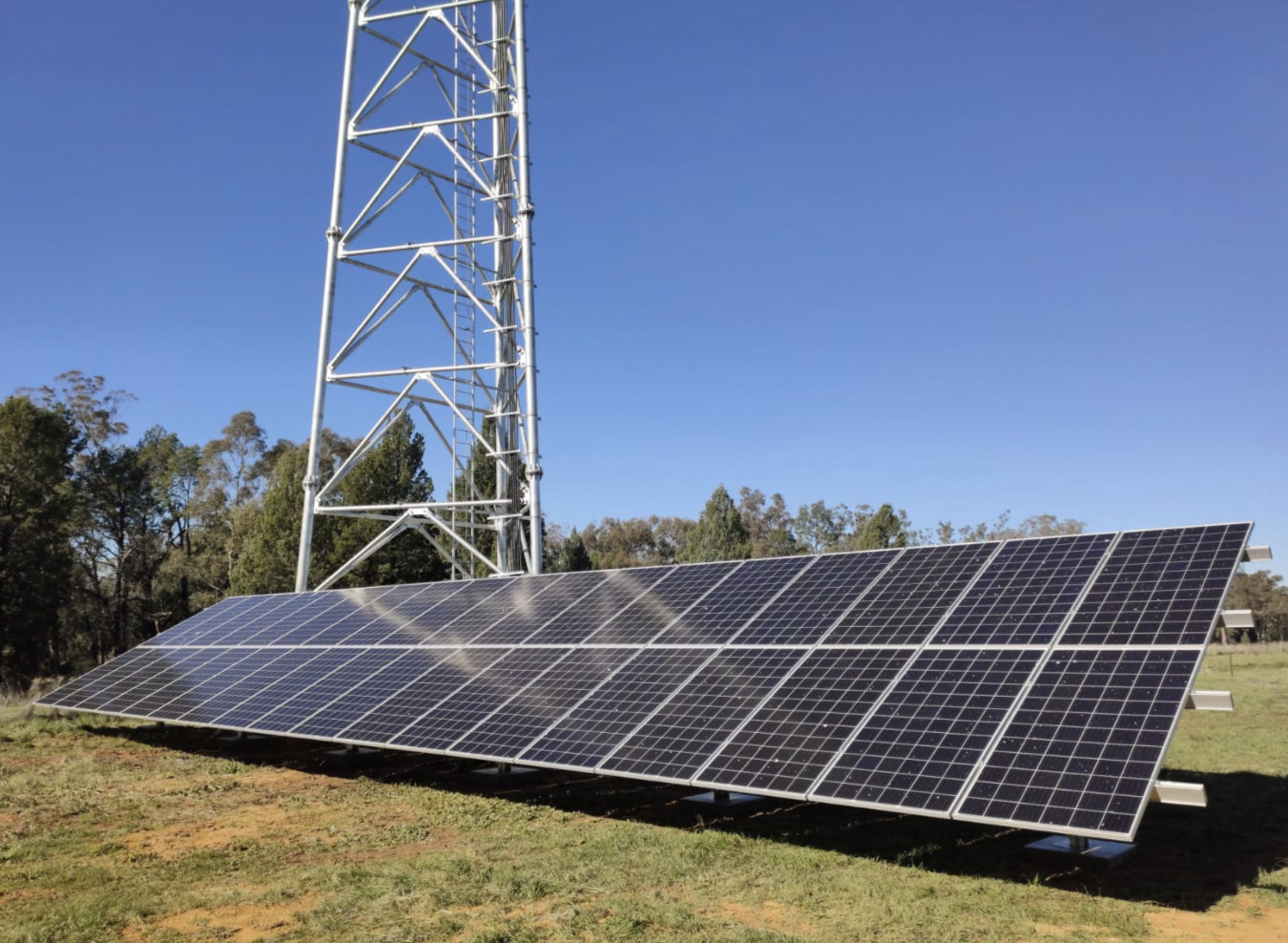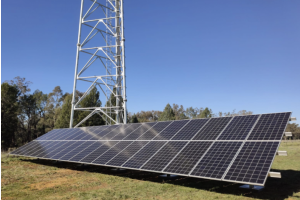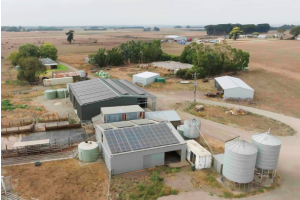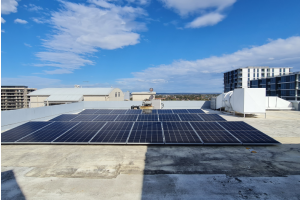Project Overview
Project Name: Lowesdale - Power On Wheels
Location: Lowesdale
Duration: 3 years
Industry: Telecommunication
Products Used: Euroka Power on Wheels 22Kw 415VAC 48VDC
Objective
The primary objective of the "Lowesdale - Power On Wheels" project was to establish an off-grid renewable energy supply system to a telecommunication site located in Lowesdale. The project aimed to provide a reliable and sustainable power solution that is 100% self-sufficient, reducing the reliance on traditional power sources and minimising the environmental impact associated with carbon emissions.
Methodology
To achieve the project's objective, a comprehensive methodology was adopted, focusing on the utilisation of innovative renewable energy technologies. The project team implemented the following approach:
- Solar Panels: High-efficiency solar panels were installed on-site to harness solar energy and convert it into electricity. These panels were strategically positioned to maximize solar exposure and energy generation.
- Portable Power and Battery Solution: The Euroka Power on Wheels system was chosen to provide a versatile and portable power solution. This system integrated advanced battery technology, enabling the storage of excess solar energy for use during non-sunlight hours.
- Reliability and Portability: The Euroka Power on Wheels system was selected due to its portability and reliability. It allowed the power supply to be easily relocated or adjusted based on changing energy demands or site requirements.
- Reduced Carbon Emissions: The integration of renewable energy sources, such as solar panels, directly contributed to reducing carbon emissions. By minimizing reliance on fossil fuel-based power generation, the project aimed to make a significant positive impact on the environment.
- Air and Noise Emission Elimination: One of the notable features of the project was the elimination of air and noise emissions typically associated with traditional generator sets (gensets). The Euroka Power on Wheels system contributed to a quieter and cleaner operating environment, improving the overall site conditions.
Analysis and Results
The implementation of the "Lowesdale - Power On Wheels" project yielded several noteworthy outcomes:
- Cost Savings: The project resulted in substantial cost savings, specifically in the form of a 400k reduction in AC power lead installation costs. This financial benefit was achieved through the utilization of solar panels and portable power solutions, which reduced the need for extensive infrastructure development.
- Carbon Emission Reduction: The project's emphasis on renewable energy significantly reduced carbon emissions associated with power generation. While the exact reduction value will vary based on factors such as energy consumption and geographic location, the project made a meaningful contribution to lowering the telecommunication site's environmental footprint.
- Air and Noise Emission Elimination: The Euroka Power on Wheels system played a crucial role in eliminating air and noise emissions that would have been generated by conventional gensets. This contributed to a cleaner and more pleasant working environment for site personnel and reduced noise pollution in the surrounding area.
- Reliability and Self-Sufficiency: The project successfully demonstrated the reliability and self- sufficiency of the chosen power solution. The ability to store excess energy in batteries allowed the telecommunication site to maintain operations even during periods of low solar energy production.
Conclusion
The "Lowesdale - Power On Wheels" project exemplifies a successful implementation of off-grid renewable energy supply in the telecommunication industry. By integrating solar panels, portable power, and battery solutions, the project achieved its objective of providing a reliable, sustainable, and self-sufficient power source. The project not only resulted in significant cost savings and reduced carbon emissions but also showcased the potential for eliminating air and noise emissions from conventional power sources. The innovative approach and positive outcomes of the project serve as a model for other telecommunication sites seeking environmentally friendly and economically viable power solutions.


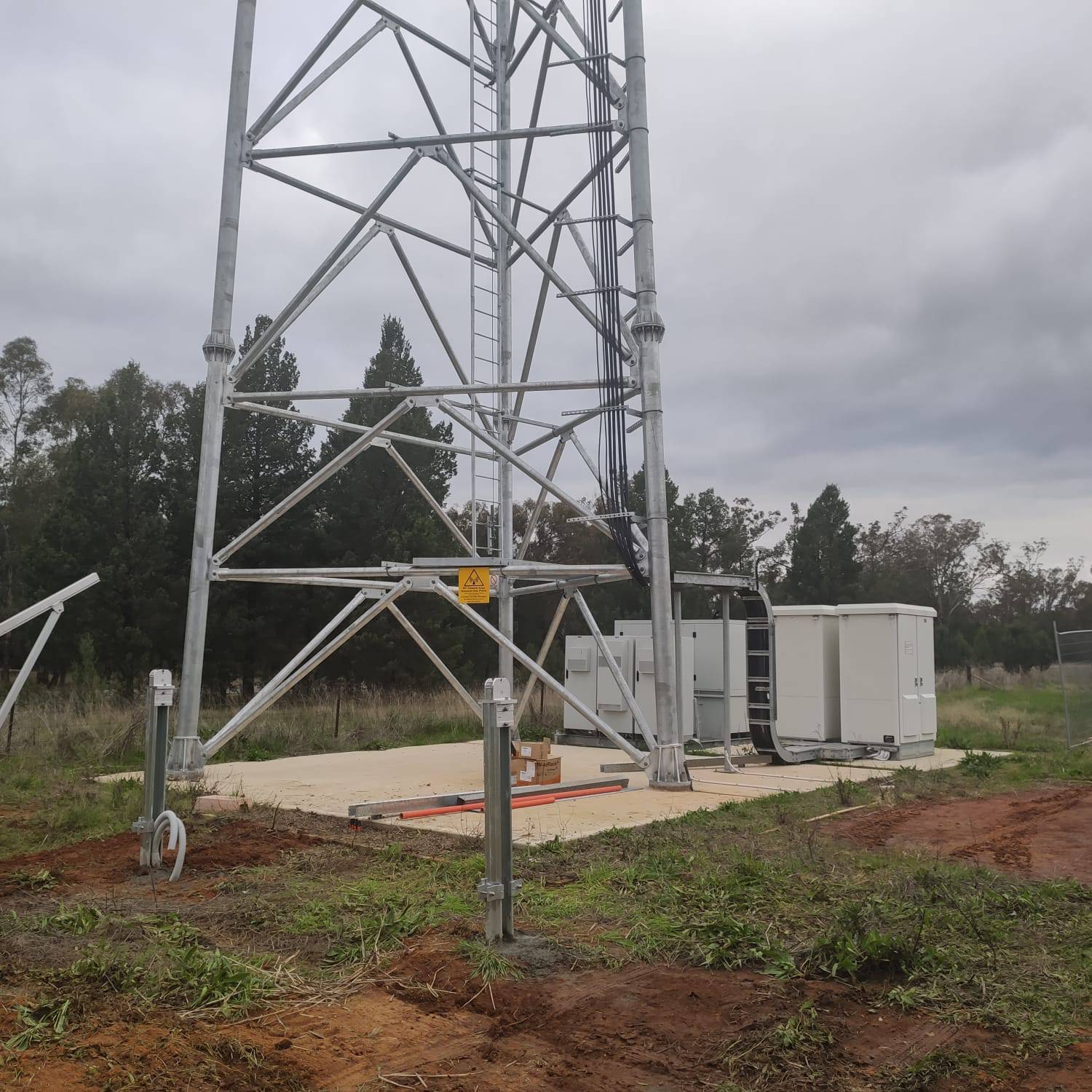
 Share this Case Study
Share this Case Study